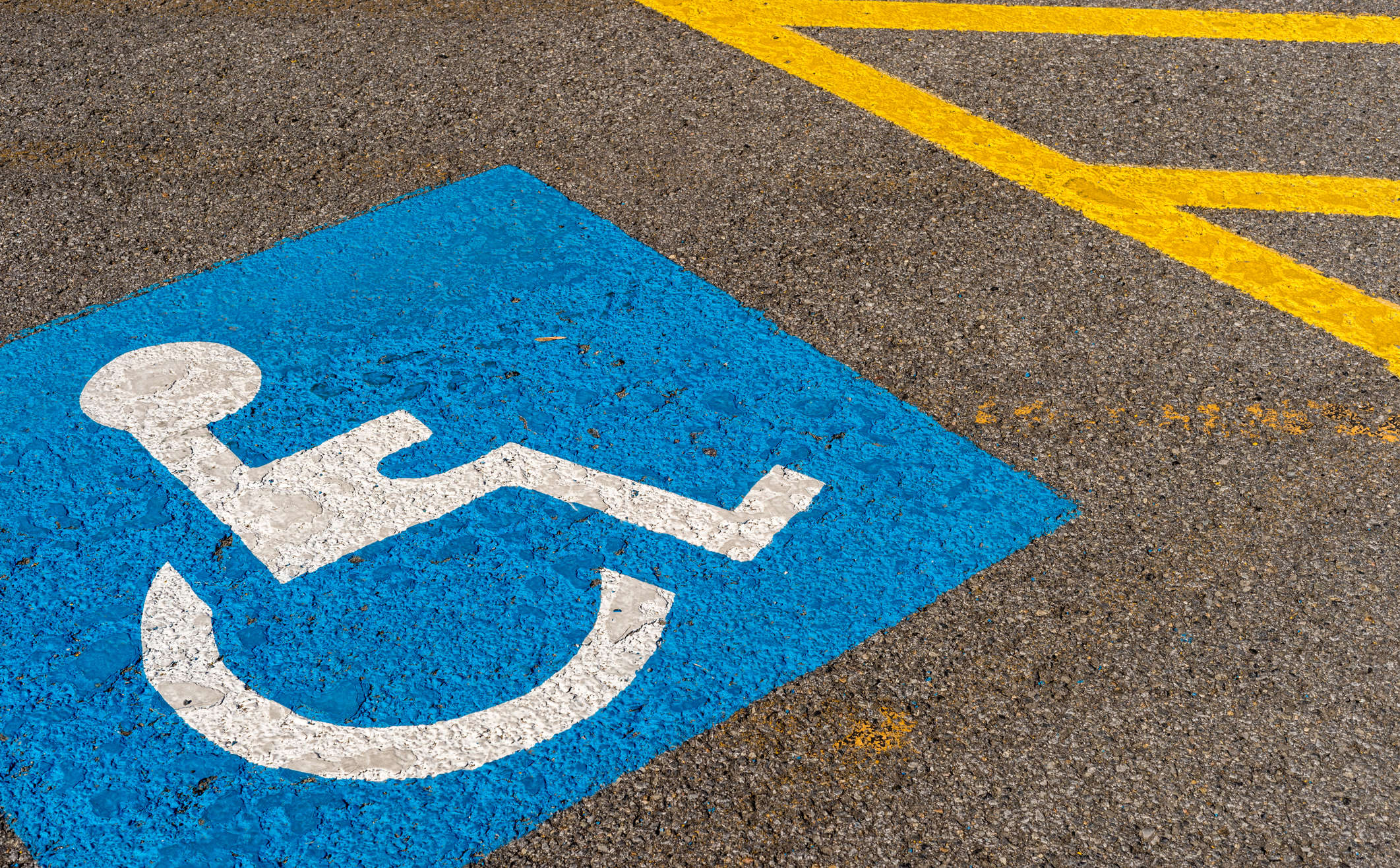Accessible Compliance is your starting block, not your finish line
When I first met Elisa Hays at a convention in 2015, she was sitting at table with one another event attendee who also utilizes a wheelchair. I asked if I could join them and pulled a chair from another table since all of the chairs had been removed her table.
When she had asked the hotel to remove some chairs at one of the banquet tables (all of them had 10), they removed them all and put a handicap sign on the table.
Unfortunately, that was not the beginning of that meal function for Elisa. She had to take two different elevators located in the hotel’s back of the house (typically for staff only), and walk through kitchen hallways, to get to the food function.
After she arrived in the meeting room and wheeled up to the buffet, there was no banquet staff at the buffet to help her get food from the chafing dishes that were raised off the table, nor to tell her what was in it (she was going to have surgery in a few weeks and needed to watch what she was eating). That is when she spun around to find no tables open for her wheelchair.
I share that experience and story in almost every one of my speeches on food inclusion. It changed my life and how I design and teach others to design food and beverage functions.
It is not just about providing accessibility for the meals on the plate (providing for food allergies, diabetes and celiac disease), but also accessibility for getting to the plate.
In this Skift piece about designing accessible events, I provide some ways to create accessible food and beverage experiences. Also interviewed are friends Joan Eisenstodt, Rosemarie Rossetti and Samantha Evans.
Samantha said it well in the article about the importance of accessibility and what the foundation of building and incorporating into the event planning process:
“Simply asking the hotel or venue if they are compliant with the Americans with Disabilities Act (ADA) or other equivalent government regulations is far from enough….Compliance is your starting block, not your finish line….Compliance means the bare minimum of requirements of the law, but it doesn’t necessarily ensure an equitable experience for those at the meeting. Yes, there may be an elevator, but if it’s way in the back of a building, that’s not equitable. So oftentimes, we’ve relegated ADA compliance down to a checklist, but that checklist is not reflecting what people will actually experience.”


